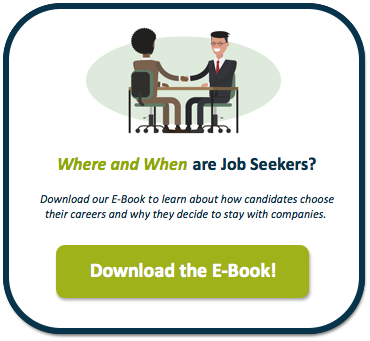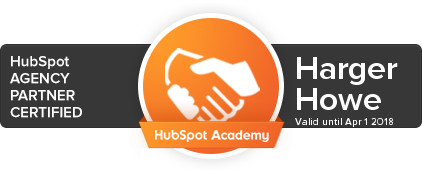Lately, “talent community” has become a new buzzword for recruiters. However, unlike some buzzwords that trend in certain age groups or for a limited amount of time like “squad” or “sick,” this word means something in a long-term sense. A talent community is a tool that all recruiters should be utilizing because it creates an engaged applicant pool for candidates at all stages.
How it works
In order to build a talent community, we first need to ascertain who your ideal candidate is. In many cases, you will have several different ones. We call these ideal candidate profiles "job seeker personas."
After we build out these personas, we spend some time creating simple forms that can be embedded into the career websites we create for our clients. We then use keyword optimized blog articles, social media and paid advertising methods to drive candidates to the careers site. To date, we haven’t needed to spend money directly on a talent community as they grow naturally over time.
Who will use it?
Many different types of candidates respond to talent communities. We have seen all of the following:
New Graduates: These candidates are just dipping their toe in the water of an organization to see if it’s a good fit. They like the idea of connecting directly with a recruiter as opposed to using an applicant tracking system since they aren’t quite sure which role would work for them.
Relocation Candidates: People who are relocating love the short forms. They use them to connect with a recruiter to learn more than what a basic job description can tell them.
Check-ins: These people have already applied to roles within an organization and haven’t heard back yet. This type of contact could signal that follow-up in the form of an email should be instituted. Even if a candidate didn’t receive the position, they deserve to feel nurtured. People are much less likely to apply for another role (even if it is more applicable to their skill sets) if they weren’t responded to initially.
Overall Passives: Passive job seekers love short forms. They may be looking at multiple roles, they might want to learn more…the point is that while they might not be ready to commit to a full application, they are an opportunity for you.
Data
In March of 2017 we began an inbound recruitment marketing campaign for one of our healthcare clients. As a part of that campaign, we included the set up of a talent community with personas centered around the following candidate types:
- Nursing
- Allied Health
- Support Personnel
- Administrator
- Physician
Within the first month we'd already received 20 submissions from candidate leads. Diving a little deeper, we noted that the form itself that captured those leads had 101 views, which means that the talent community has garnered a 19.8% submission rate. Not too shabby! In addition – some people converted to candidate leads on other contact forms and later submitted to join the talent community, so actually, the number of leads is even higher.
Of those 20 new candidate leads that we’ve gathered, the breakdown is as follows:
- Nursing – 33.33%
- Allied Health – 25.93%
- Support Personnel – 18.52%
- Administrator – 14.81%
- Physician – 7.41%
Considering that this client’s primary need was for nurses, we are very happy with these percentages.
Success is what you make it
Like anything else, a talent community will only work as hard as the client’s team does. Over time we like to develop a strategy that involves job alert emails, individual or automated recruiter responses, newsletter subscriptions and more. The more engaged clients are in the process, the more successful their talent community will be.
--
Would you like to start a talent community? Start by learning about the job seeker’s journey.











